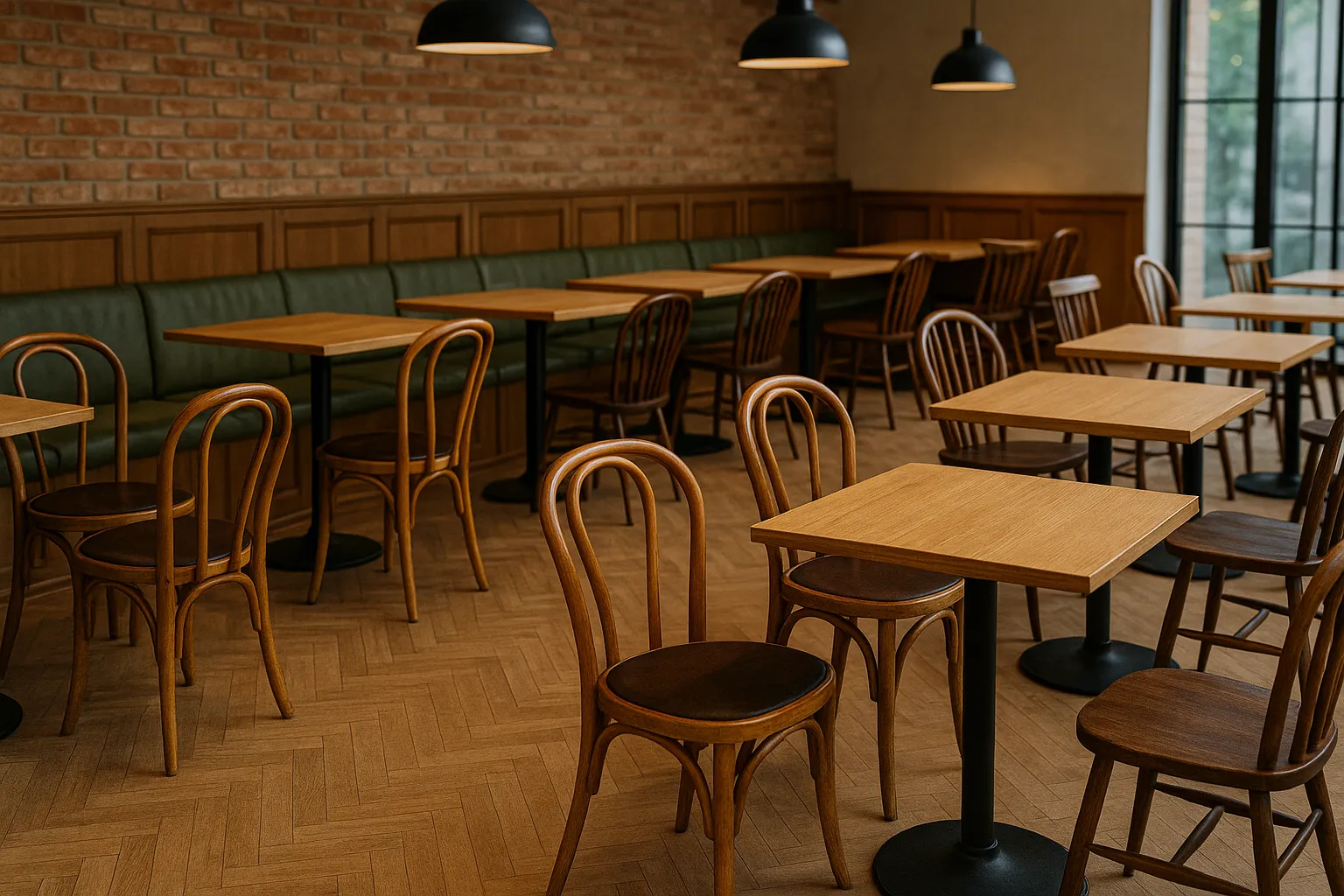If you’ve ever walked into a beautifully designed kitchen at Home Depot and thought, “I’d love to do that,” then the Home Depot Kitchen Designer job might be perfect for you. This role blends creativity, customer service, and practical problem-solving into one rewarding career. Whether you’re just starting out or seeking to advance in retail design, this guide offers real-world tips and expert advice to help you succeed.
Understanding the Home Depot Kitchen Designer Role
A Home Depot Kitchen Designer helps customers create their dream kitchens by combining design expertise with strong product knowledge. The role goes beyond aesthetics—it’s about understanding a client’s needs, space constraints, and budget. Designers work closely with homeowners, contractors, and store associates to deliver personalized solutions that align with Home Depot’s standards of quality and service.
In essence, it’s a role that bridges creativity and functionality. You’ll learn to balance design trends with practical solutions that fit a variety of lifestyles and budgets.
Key Responsibilities of a Home Depot Kitchen Designer
Home Depot kitchen designers are customer-focused professionals who manage everything from design consultations to final installation. You’ll begin by meeting with clients, discussing their preferences, and guiding them through Home Depot’s wide range of cabinetry, countertops, and appliances. Then, you’ll use digital design software to create a 3D layout that helps customers visualize their future space.
Communication skills are vital. A designer must explain complex design concepts clearly while helping customers make informed choices. You’ll also coordinate with installers and ensure projects are delivered on time.
If you’re passionate about helping others and love transforming spaces, the Home Depot Kitchen Designer position can be both professionally and creatively fulfilling.
What It Takes to Succeed in This Role
To excel in this role, a mix of technical knowledge, design creativity, and customer empathy is essential. Designers often work with clients who may be overwhelmed by choices or uncertain about style preferences. The ability to listen actively and translate vague ideas into clear design solutions makes all the difference.
Training and certification in interior design can help, but Home Depot also provides its own learning programs. Experience in sales, design, or home improvement is an advantage. Most importantly, a genuine desire to help customers achieve their vision is the foundation of long-term success.
Practical Tips for Aspiring Home Depot Kitchen Designers
Master the Design Tools
Home Depot provides access to advanced kitchen design software that allows you to create 3D renderings of client projects. Learning these tools thoroughly helps you save time and impress customers with professional, accurate layouts. The faster you become comfortable with design technology, the smoother your workflow will be.
Focus on Customer Relationships
The secret to success isn’t just design—it’s trust. Take time to understand each customer’s unique story. Ask questions about their lifestyle, cooking habits, and family routines. These details help you suggest designs that are not only beautiful but practical.
When you show genuine interest, customers feel valued. This often leads to repeat business and referrals, which can elevate your performance and reputation within the store.
Stay Updated on Trends
Kitchen design trends evolve constantly. Modern customers look for sustainable materials, smart appliances, and open layouts. Staying informed about these changes allows you to recommend contemporary solutions that reflect the latest styles.
Home Depot regularly updates its product lines, so familiarize yourself with new inventory. Knowledgeable designers are more confident and persuasive during client consultations.
Collaborate Effectively with the Team
While much of your work is client-facing, success depends on teamwork. Collaborating with project managers, installers, and department associates ensures every kitchen project runs smoothly. Clear communication prevents misunderstandings and builds a reputation for reliability.
Manage Time Wisely
Each project involves multiple steps—from initial consultation to final installation. Managing these phases efficiently requires organization. Keep track of deadlines, maintain detailed notes, and communicate updates promptly to customers and colleagues.
Good time management keeps projects on schedule and clients satisfied, which is key to maintaining a high performance rating.
Expert Advice: What Experienced Designers Say
Veteran Home Depot designers emphasize that empathy and adaptability are their biggest assets. Every client is different; some know exactly what they want, while others need guidance from the start. Being patient and offering practical suggestions instead of overwhelming customers with options builds confidence and trust.
Another expert insight is to visualize the kitchen as a functional system rather than just a collection of cabinets and countertops. Consider lighting, workflow, and storage solutions that make everyday tasks easier. Successful designers think ahead, anticipating how clients will use their space over time.
Career Growth and Opportunities
The Home Depot Kitchen Designer job isn’t just a retail role—it’s a gateway to broader career opportunities. With experience, designers can advance to senior design consultant positions, department management, or even corporate-level design and training roles.
Home Depot’s reputation for promoting from within makes it an ideal place to grow. The skills you gain—customer service, project management, design software proficiency—are transferable to many areas in the home improvement and interior design industries.
For more detailed insights, you can explore this related page on Home Depot Kitchen and deepen your understanding of the brand’s design philosophy and customer service approach.
Common Challenges and How to Overcome Them
Every job comes with challenges, and being a kitchen designer is no exception. You’ll often juggle multiple projects, manage demanding clients, and troubleshoot installation issues. However, each challenge offers a chance to grow.
When facing design changes or delivery delays, communicate proactively. Customers appreciate honesty, especially when problems are handled with professionalism and transparency. Use these moments to strengthen your credibility and demonstrate your commitment to quality service.
Another challenge is balancing creativity with budget constraints. Not every client can afford high-end finishes. The best designers find creative alternatives that achieve similar aesthetics without overspending. This approach proves your expertise and resourcefulness.
Frequently Asked Questions
What qualifications do I need to become a Home Depot Kitchen Designer?
While formal design education helps, Home Depot offers on-the-job training. A background in design, sales, or customer service gives you an advantage.
Is experience required for the Home Depot Kitchen Designer job?
Experience in design or retail is helpful but not mandatory. Home Depot values a strong work ethic, a passion for helping others, and an eye for detail.
How much does a Home Depot Kitchen Designer earn?
Salaries vary based on location and experience. Many designers earn a base wage plus commission from sales, providing strong earning potential.
What software do Home Depot Kitchen Designers use?
Designers use proprietary kitchen design software to create detailed 3D layouts. It’s user-friendly and helps clients visualize their dream kitchen before installation.
Can I grow my career at Home Depot as a kitchen designer?
Absolutely. Many designers move into management or corporate design roles. The company supports career growth and continuous learning.
For additional details on related topics, check out this guide on Home Depot Kitchen Designer for a deeper dive into skills, tools, and daily workflows.
Turning Design Passion into a Rewarding Career
Working as a Home Depot Kitchen Designer is more than a job—it’s an opportunity to make a real difference in people’s homes. You’ll guide clients through creative decisions, manage complex projects, and see your designs come to life.
If you enjoy helping others while expressing your creativity, this career could be your perfect fit. Start exploring opportunities today and build a rewarding future in design with Home Depot.
For more information about interior design and retail career paths, you can read more on en.wikipedia.org.








